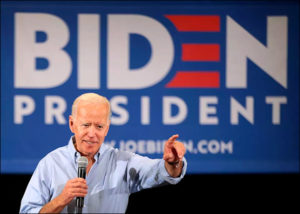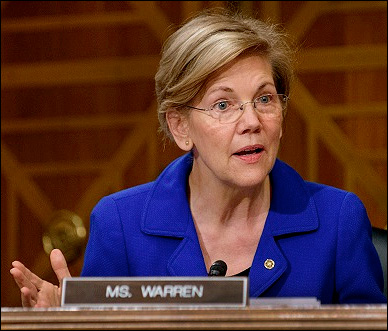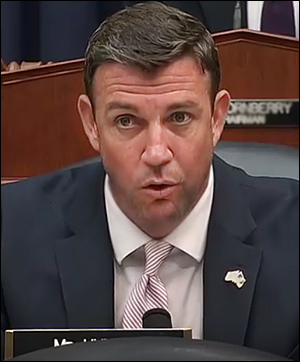
Rep. Nita Lowey (D-NY-17) is retiring.
Oct. 14, 2019 — House Appropriations Committee chair, Rep. Nita Lowey (D-NY), who was first elected in 1988 and is now 82 years old, announced that she will not seek re-election next year. She joins Reps. Jose Serrano (D-Bronx) and Chris Collins (R-Clarence/Batavia) as New York members not seeking re-election. Rep. Collins has already resigned his seat.
Her released statement thanked the constituency for her long congressional career but did not cite any particular reason for the decision to leave the House when the 116th Congress adjourns.
Her 17th District, which includes all of Rockland and just over 40 percent of Westchester counties, will become the 25th open seat for this current election cycle. The congresswoman is now the sixth Democrat to either retire or run for another office.
Lowey’s retirement will ignite a pair of interesting political battles. Internally, and assuming the Democrats hold the House majority in the 2020 election, the congresswoman’s leaving potentially ignites a four-way succession contest for Appropriations Committee chair. Connecticut Rep. Rosa DeLauro (D-New Haven) immediately announced that she will be a candidate for chair once Lowey’s decision to leave the House became public.
In addition to DeLauro, Rep. Marcy Kaptur (D-OH), who ranks sixth in House seniority and second among Democrats, is likely to seek the position as well as Reps. Sanford Bishop (D-GA) and David Price (D-NC).
Since it’s been so long for a Westchester County congressional seat to open – Rep. Eliot Engel (D-Bronx) represents the county’s other half and was also first elected in 1988 – we can expect a very crowded Democratic primary with many candidates vying to succeed Lowey.
The state senators who represent most of the 17th are David Carlucci (D-Ossining) and Pete Harckham (D-Peekskill). The seat touches 10 Assembly districts, seven of which Democrats represent versus three that Republicans control.



 Oct. 9, 2019 — The Civiqs polling firm, as covered in the Daily Kos Elections site, has been testing all 50 states regarding impeachment in a national tracking survey that attracted 150,070 online respondents from May 16 through Oct. 6. The latest numbers suggest that 51 percent of those respondents favor impeaching President Trump, while 45 percent oppose. But, it is in the breakdown of the states’ numbers where the true political story is being told.
Oct. 9, 2019 — The Civiqs polling firm, as covered in the Daily Kos Elections site, has been testing all 50 states regarding impeachment in a national tracking survey that attracted 150,070 online respondents from May 16 through Oct. 6. The latest numbers suggest that 51 percent of those respondents favor impeaching President Trump, while 45 percent oppose. But, it is in the breakdown of the states’ numbers where the true political story is being told. Oct. 8, 2019 — At this point, Democratic presidential primary patterns are beginning to reveal themselves.
Oct. 8, 2019 — At this point, Democratic presidential primary patterns are beginning to reveal themselves. 
